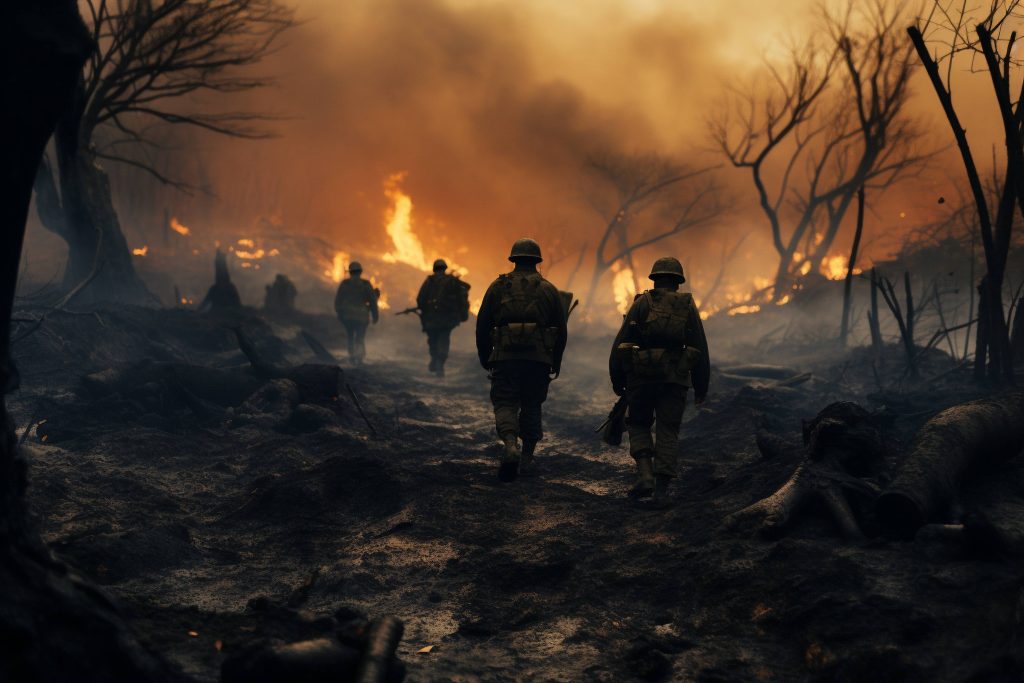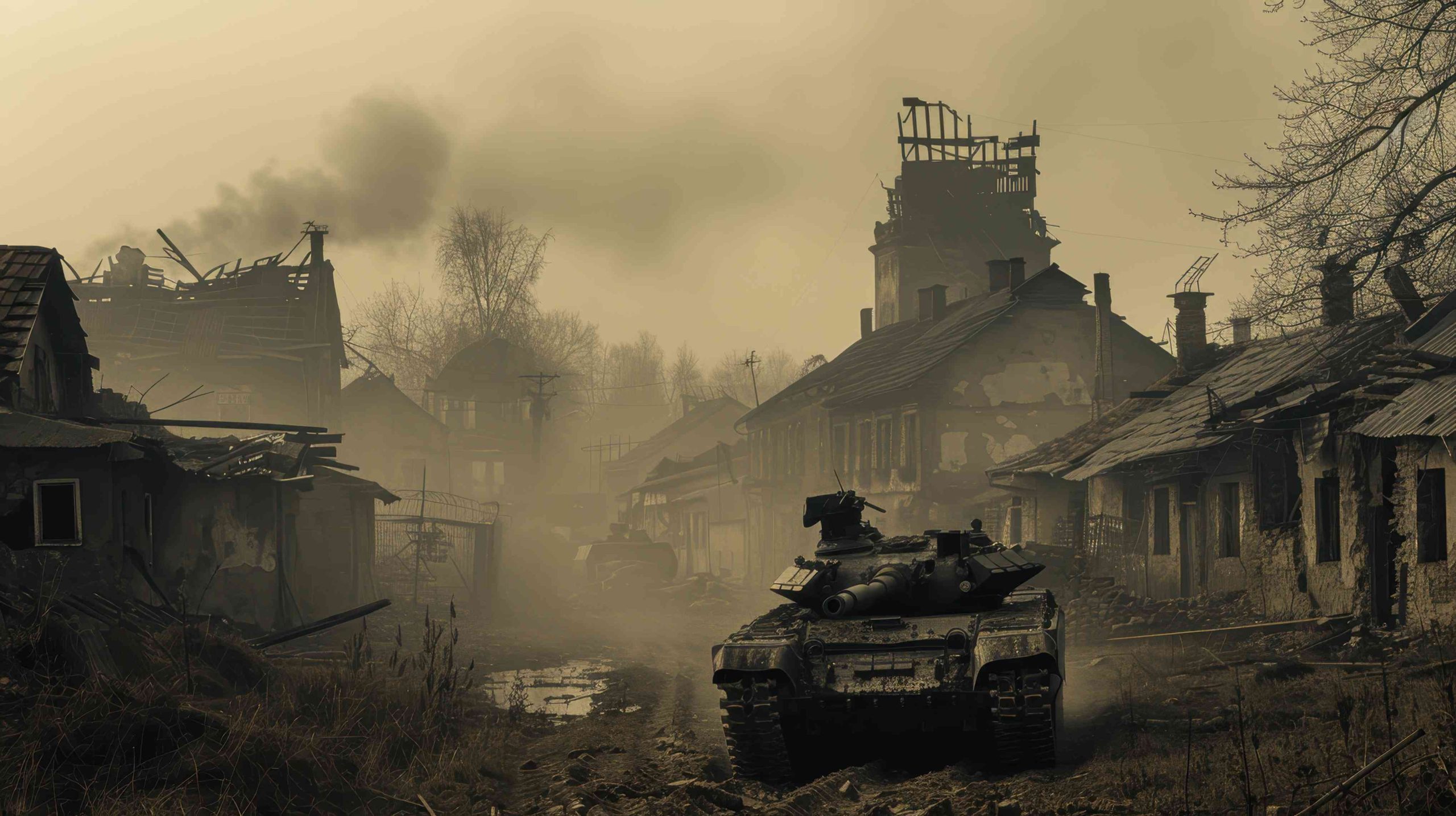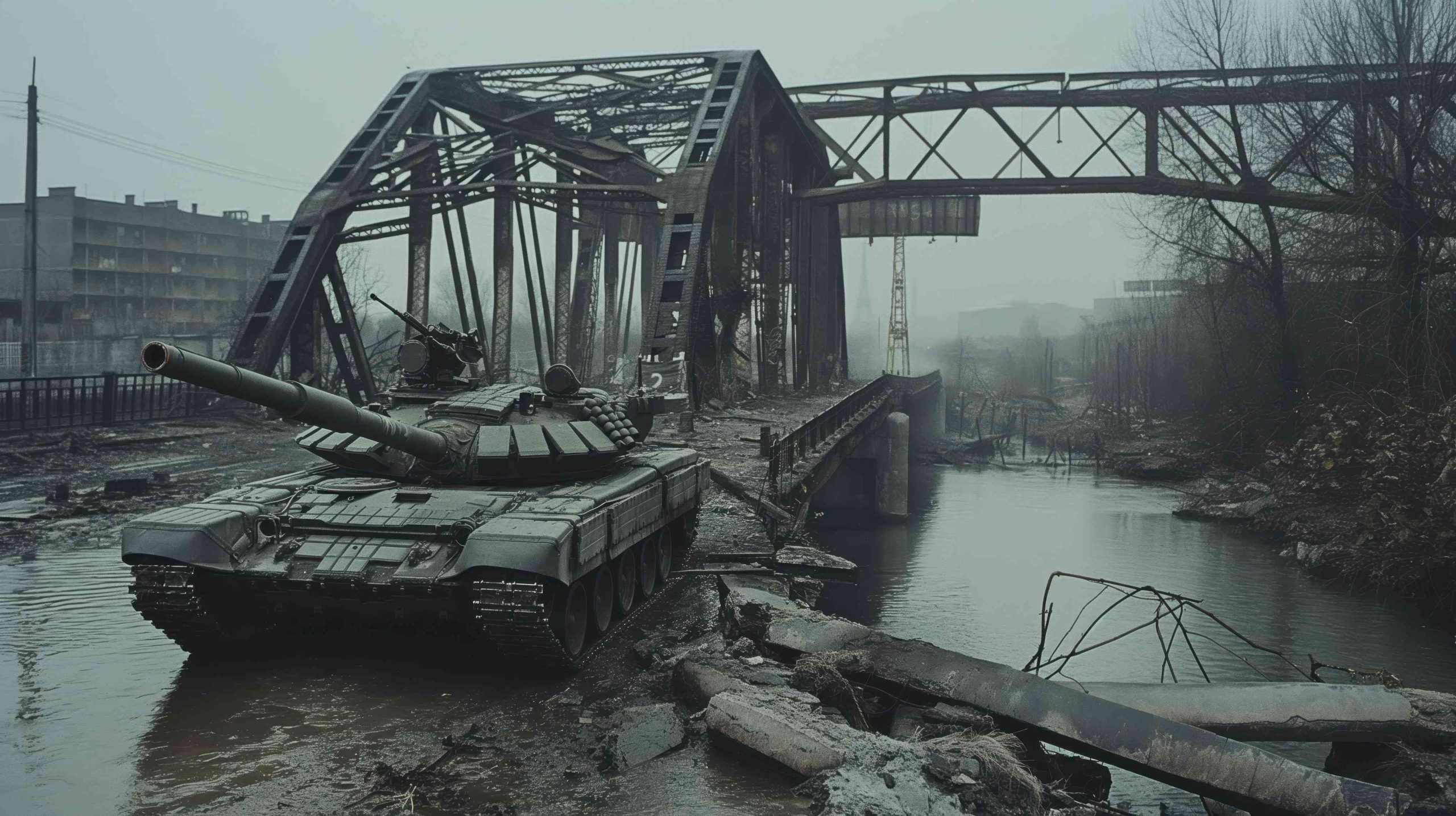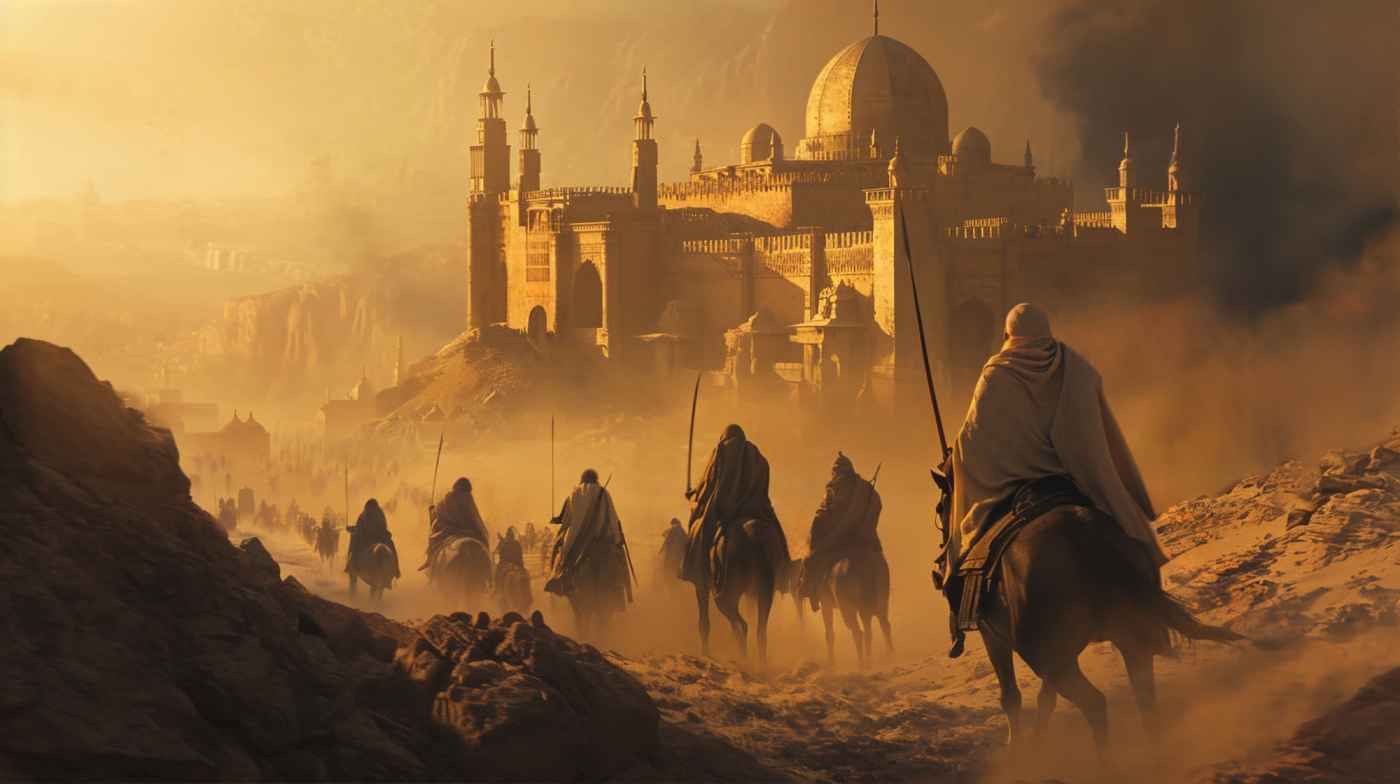However, World War I is as often labelled “the war to end all wars ” and practically all scholars have classified it as such, for it changes so completely the life aquatics. Humans is plunging into previously unimaginable destruction and ushers with it political and social upheavals and innovations that would reverberate throughout the globe.
The war broke out in July 1914 and continued until November 1918. It was an engine by which a complicated maze of alliances, militarism, imperial ambitions, and nationalistic fervor dragged a mass of nations into fire. The assassination of Archduke Franz Ferdinand of Austria-Hungary was the immediate cause for which the nearly smoldering fires of tension in Europe needed just a little spark. An estimated 70 million armies from more than 30 countries were mobilized during the first war, about 16 million died, and 21 million were wounded. Such expansion and coverage are unfathomable and prepare the ground for changing the nature and structures of the political landscape throughout the world.
Not least that the war saw into its mess manifold things. First and foremost, it changed the map of Europe. Austro-Hungary, the Ottoman Empire, and the Russian Empire also have given way to the emergence of new nation-states and now among the things that would later contribute to regional conflicts. Such multi-ethnic states as Czechoslovakia, Yugoslavia, and Poland were, as a result, born of the self-determination ideals that had really established footing during the war. However, the new-found national identity also bred future conflicts as some of the ethnic minorities lay divided among boundaries that are newly drawn.
World War I was indeed a social transformator. War was resource mobilization for entire societies. In many countries, women have taken over activities associated with men: factory working, nursing, or business management. Gender norms were challenged, and the base for the movement for women’s suffrage was laid, which shortly thereafter bore changes in several countries regarding voting rights.
Shortly thereafter, war hastened technological improvements. Demand drove the rapid development of weapons and strategy for use during wartime. Modern warfare became distinctive with tanks, aircraft, machine guns, and chemical weapons. But the war was about destruction; with the advances made, innovations were also sparked in medicine especially trauma care and surgery that in the next several decades would give civilians improvements in healthcare.
World War I had a price far beyond the battlefield. The Treaty of Versailles in 1919 laid harsh reparations and territorial losses on Germany. It never established a peace but sowed discord and economic hardship that would help create Adolf Hitler and World War II in just twenty years.
Indeed, the legacy of World War I still resonates today and manifests itself in international relations and conflicts. It paved the way for organizations such as the League of Nations and, later, the United Nations, which seek to promote global peace and prevent wars in the future. The brutality of the war stands as a harsh warning against runaway nationalism and militarism.
Thus, we see that World War I is a defining moment in history, changing the face of nations, influencing societies, and altering the course of technology. The sobriquet “The War to End All Wars” suggests that people were looking forward to a time when such loss and destruction would not shape the tide of events; yet the lesson of history is that the past must be understood and learned from in order to avert its tendency to repeat itself. The global impact of World War I emphasizes the lesson of history, which would be that it is not just a record of the past but a lesson important for the future.







